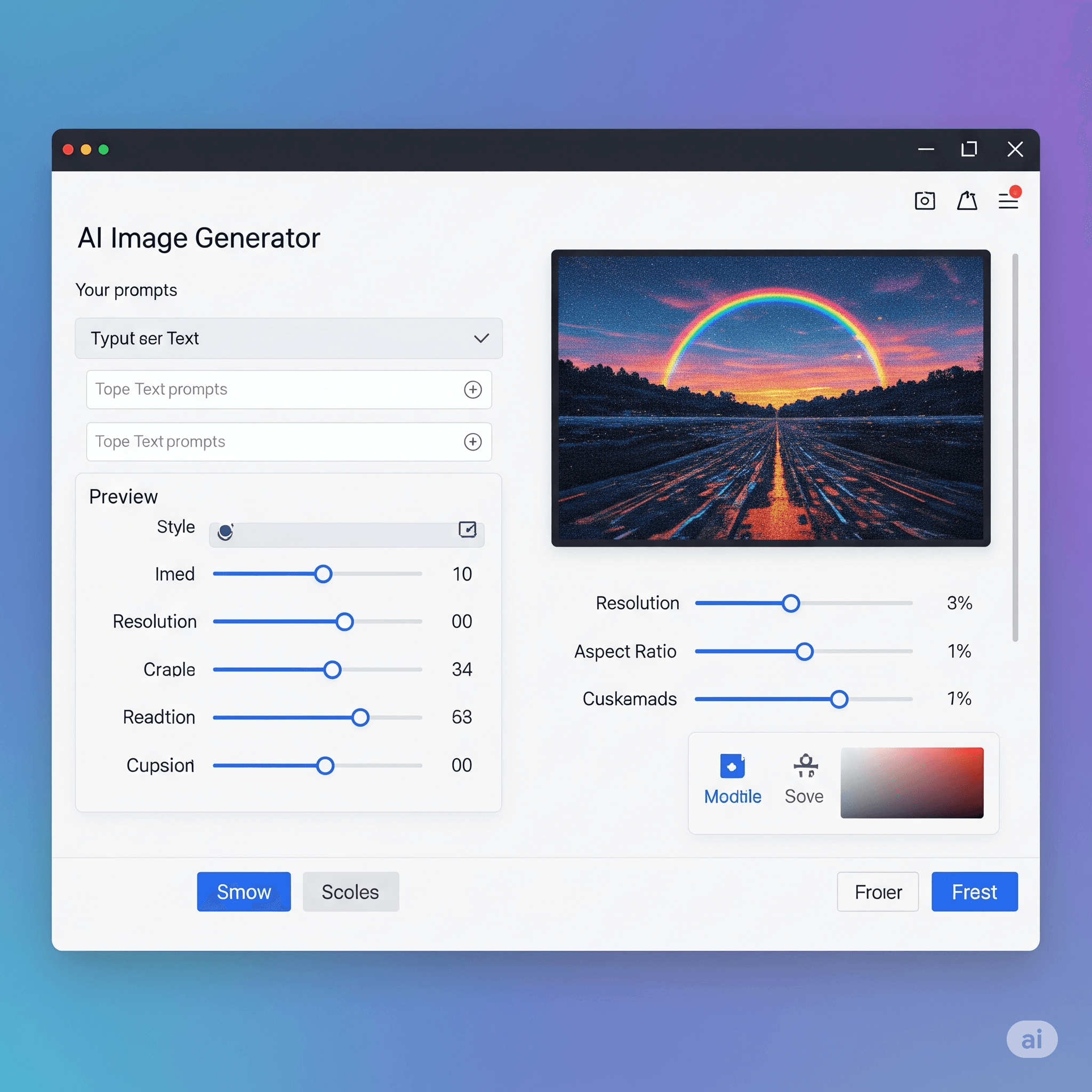Question: When should we invoke the detection algorithm?
Answer:
If deadlocks occur frequently, then the detection algorithm should be invoked
frequently. Resources allocated to deadlocked processes will be idle until the
deadlock can be broken. In addition, the number of processes involved in the
deadlock cycle may grow.
Deadlocks occur only when some process makes a request that cannot be
granted immediately. This request may be the final request that completes a
chain of waiting processes. In the extreme, then, we can invoke the deadlockdetection algorithm every time a request for allocation cannot be granted immediately.
MCQ: When should we invoke the detection algorithm?
Explanation:
If deadlocks occur frequently, then the detection algorithm should be invoked
frequently. Resources allocated to deadlocked processes will be idle until the
deadlock can be broken. In addition, the number of processes involved in the
deadlock cycle may grow.
Deadlocks occur only when some process makes a request that cannot be
granted immediately. This request may be the final request that completes a
chain of waiting processes. In the extreme, then, we can invoke the deadlockdetection algorithm every time a request for allocation cannot be granted immediately.
Discuss a Question
Related Questions
- 1. invoking the deadlock-detection algorithm for every resource request will incur considerable overhead in
- 2. Which of the following is options for breaking a deadlock
- 3. which of the following method can be used to eliminate deadlock under process termination
- 4. In which of the following method after each process is aborted, a deadlock-detection algorithm must be invoked to determine whether any processes are still deadlocked.
- 5. we should abort those processes whose termination will incur
- 6. Many factors may affect which process is chosen for termination, including:
- 7. If preemption is required to deal with deadlocks, which of the following issues need to be addressed:
- 8. Which resources and which processes are to be preempted? As in process termination, we must determine the order of preemption to minimize cost. Cost factors may include which of the below parameters
- 9. If we preempt a resource from a process, Which of the following stands true? <ol> <li>it cannot continue with its normal execution; it is missing some needed resource.</li> <li>We must roll back the process to some safe state and restart it from that state</li> <li>it can continue with its normal execution; it is missing some needed resource.</li> <li>We should not roll back the process to some safe state and restart it from that state</li> </ol>
- 10. Which of the following method requires the system to keep more information about the state of all running processes to break the deadlock in Resource Preemption
You may be interested in:
OS Deadlocks MCQs






